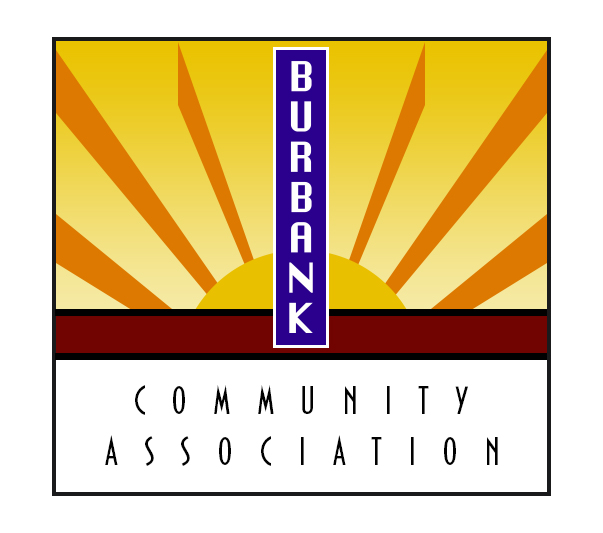Burbank Community History
Burbank Area of Santa Clara County
Source: Burbank Historic Home Survey, Santa Clara County, District 4: Project Report, February, 1993.
See also: Burbank, Santa Clara County, California – Wikipedia, the free encyclopedia
Named after Luther Burbank, a famous American horticulturalist, the Burbank area of Santa Clara County is an area rich with agricultural history and architecture.
The Burbank land use area consists of 220+ acres that was purchased by Elisha Lafayette Bradley from Henry Morris Naglee in 1873. Bradley began to plant fruit trees such as prune, plum, apricot, peach, pear and cherries—proving to be a gold mine in later years. In 1904, just after the San Jose-Los Gatos Interurban railroad that ran along Stevens Creek Road, now West San Carlos, was completed, developers laid plans for the first residential tracts. They were called Interurban Park on the north side of Stevens Creek Road and Rose Lawn Park on the south side. Lots sold for $100 – $275 each, with the last lots being sold in 1921. Later, the area was further subdivided into other tracts.
A good many families moved to the Burbank because they did not want to live in the City limits — many making a transition from farm life. There were farm animals in the Burbank up until the forties.
After buying property, building their homes, and planting their crops, one of the first things that the earliest residents of the Santa Clara Valley were concerned about was the education of their children. In less than two years after buying property in the new subdivision, Burbank homeowners decided to establish a school. Most of the residents were involved in agriculture and named the school after Luther Burbank with whom they held in high esteem. When the district was established in 1906, the name for the school “Luther Burbank School” was adopted.
The school was also a neighbor to the Garden City Velodrome that was located on the corner of Wabash and Olive Avenues — so close, that when students could not pay for a ticket, they would jump the fence to get in. Fashioned after the Madison Square Garden Velodrome in New York City, it cost $10,046.00 to build, was three acres, and received active participation from the Garden City Wheelman and the Gatto Cycle Clubs.
Popular usage soon claimed the Burbank name as the preferred name of the area encompassed by the school district. That is how the name “Burbank” happened to stick for this section of the Santa Clara Valley, even though it was never incorporated as a town.
As the Burbank became more densely populated, it became necessary to form the Burbank Volunteer Fire Department (BVFD) in 1925 with several charter members.
In the first few years, Frank Dober, who owned a variety store on West San Carlos, answered emergency calls on his business telephone. Then he would activate a siren that was on a pole in the back of the store that many of the neighbors could hear when sounded! In 1948 the BVFD opened a new firehouse on Wabash behind the Burbank School. By that time it owned two pumpers and a squad truck, and had 35 members. In 1970 after providing excellent emergency services for 45 years, the BVFD was merged with the Santa Clara County Central Fire Protection District.
Today, the Burbank area is a mix of business and residential districts. Businesses are located along West San Carlos Street, Bascom Avenue, Race Street, and Meridian Avenue.
The historic Burbank Theatre is an area icon and currently the home of Studio Sharise, a creative and performing arts studio. The theater was designed in the Art Deco style, and is representative of the Victorian, Bungalow, Deco and Craftsman style homes that surround it. With over 35 recorded significantly historical homes, many residents are restoring these small but quaint homes, making the area much more desirable — and one of the only affordable areas left in Santa Clara County to live.
The area is also a center for antique stores and is centrally located to Santana Row, Valley Fair mall, and also the downtown area. It’s definitely an area in transition, very charming, and one not to be missed.
To learn more about San Jose’s History (including present-day historical events) see the History San Jose website.
